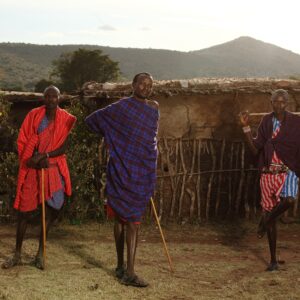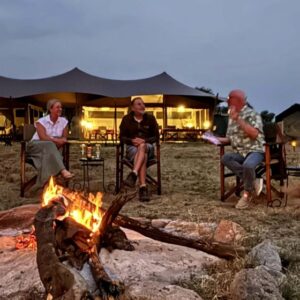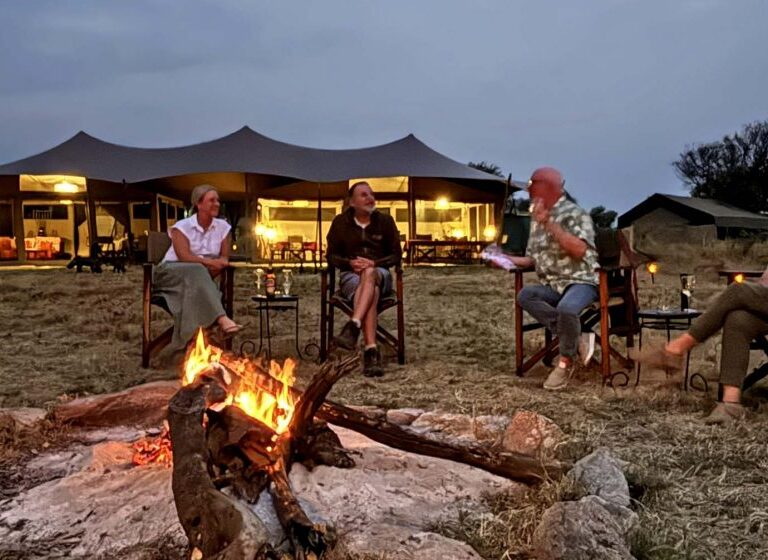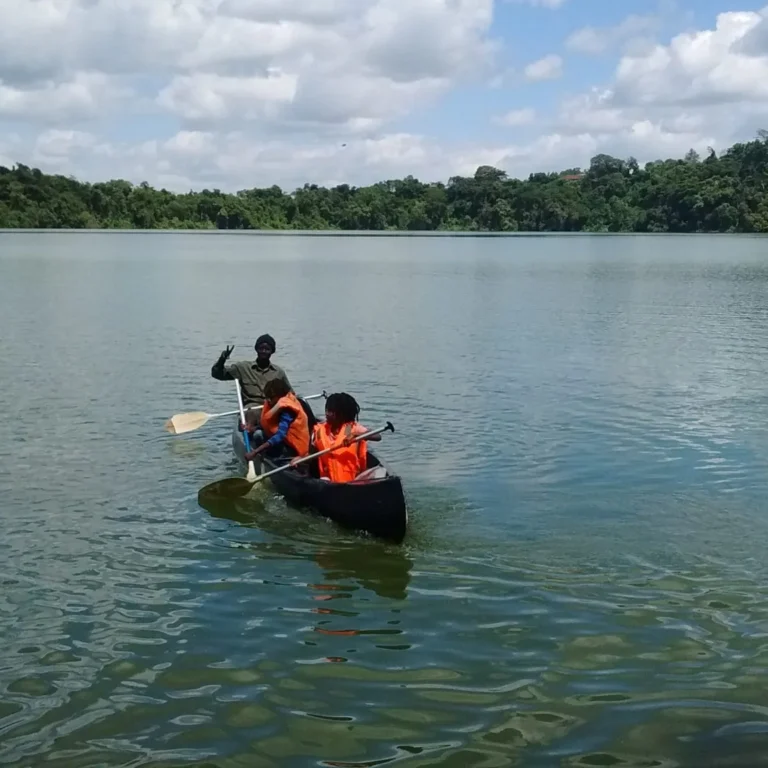3 Important Jackets You Need for Climbing Kilimanjaro.
Embarking on the awe-inspiring journey to conquer Mount Kilimanjaro requires meticulous preparation and the right gear. Among the essential equipment, jackets play a pivotal role in ensuring comfort, safety, and performance in the challenging conditions of Africa’s tallest peak. In this guide, we delve into the three crucial jackets every climber must have in their arsenal to tackle Kilimanjaro with confidence.
1. Waterproof Jacket: Defending Against the Elements
Standing tall at 5,895 meters, Kilimanjaro’s unpredictable weather demands impeccable protection against rain, wind, and snow. A waterproof jacket, also known as a rain jacket or hard shell, serves as your first line of defense against the elements. Crafted from advanced waterproof materials such as Gore-Tex, these jackets is essential choose offer superior breathability while repelling moisture, keeping you dry and comfortable throughout your ascent.
Features to Look For:
- Gore-Tex Technology: Ensures maximum waterproofing and breathability.
- Adjustable Hood: Shields your head and face from rain and wind.
- Pit Zips: Enhances ventilation during strenuous climbs.
- Durable Construction: Withstands abrasions and rough terrain.
2. Insulated Jacket: Conquering the Cold
As altitude increases, temperatures on Kilimanjaro plummet, especially during nighttime and at higher elevations. An insulated jacket, also known as a down jacket or puffy/puffer jacket, is indispensable for trapping body heat and providing essential warmth in frigid conditions. Designed with premium down insulation or synthetic materials, these jackets offer an exceptional warmth-to-weight ratio without compromising on mobility.
Key Attributes:
High-Quality Insulation: Provides superior warmth without bulkiness.
Packability: Easily compresses for efficient packing in your backpack.
Windproof Exterior: Shields against icy gusts and cold drafts.
Multiple Pockets: Keep essentials close at hand while summiting.
3. Soft Jacket: Versatile Comfort for Varied Conditions
During transitional periods or less extreme weather, a soft jacket becomes your go-to option for versatility and comfort. Whether it’s a fleece or soft shell jacket, these garments offer lightweight insulation and exceptional breathability, making them ideal for layering or wearing as standalone pieces in milder climates. When the sun emerges or as you descend to lower elevations, the soft jacket provides just the right amount of warmth without overheating.
Notable Features:
Breathable Fabric: Regulates body temperature and moisture.
Stretch Panels: Facilitate unrestricted movement during dynamic activities.
Zippered Pockets: Safely store small essentials on the trail.
DWR Finish: Repels light rain and snow showers for added protection.
Why are jackets essential for climbing Kilimanjaro?
Jackets are vital for climbing Kilimanjaro due to the mountain’s harsh and ever-changing weather conditions. From scorching sun to freezing temperatures and everything in between, climbers need jackets to protect them from rain, wind, snow, and cold.
What is the difference between a waterproof jacket and an insulated jacket?
The primary difference lies in their purpose and construction. A waterproof jacket, also known as a hard shell or rain jacket, is designed to keep you dry by repelling water while allowing moisture to escape. On the other hand, an insulated jacket, such as a down or puffy jacket, is meant to provide warmth by trapping body heat with insulating materials like down feathers or synthetic fibers.
Can I use just one jacket for climbing Kilimanjaro, or do I need all three types mentioned?
While it’s technically possible to attempt Kilimanjaro with just one jacket, it’s highly recommended to have all three types for optimal comfort and safety. 3 Important Jackets You Need for Climbing Kilimanjaro. Each jacket serves a specific purpose: the waterproof jacket protects against rain and wind, the insulated jacket keeps you warm in cold conditions, and the soft jacket provides versatility for varying weather and activity levels.
How to Choose a Jacket for Climbing Kilimanjaro
Choose a Jacket for Climbing Kilimanjaro which is the right size, crucial for ensuring comfort and functionality. It’s recommended to try on jackets before purchasing, ensuring they allow for a full range of motion without feeling too tight or too loose. Pay attention to sizing charts provided by manufacturers and consider factors like layering and personal preferences when selecting the size.
Are there any specific features I should look for in each type of jacket?
Yes, each type of jacket comes with its own set of features designed to enhance performance and comfort. For waterproof jackets, look for features like Gore-Tex technology, adjustable hoods, and pit zips for ventilation. Insulated jackets should have high-quality insulation, packability, and windproof exteriors. Soft jackets should offer breathability, stretch panels for mobility, and zippered pockets for convenience.
Can I rent jackets for climbing Kilimanjaro instead of buying them?
Yes, many outfitters and tour companies offer gear rental services, including jackets, for climbers tackling Kilimanjaro. Renting can be a cost-effective option, especially for those who may not need the jackets beyond their expedition. However, it’s essential to ensure that rented jackets fit properly and meet the necessary quality and performance standards for the climb.
How do I care for my jackets to ensure their longevity?
Proper care and maintenance are essential for extending the lifespan of your jackets. Follow the manufacturer’s care instructions, which often include washing with mild detergent, avoiding fabric softeners, and drying on low heat or air-drying. Regularly inspect your jackets for signs of wear and tear, and repair any damage promptly to prevent further deterioration.
Can I use these jackets for activities other than climbing Kilimanjaro?
Absolutely! While these jackets are specifically chosen for their performance on Kilimanjaro. They are versatile enough to be used for a variety of outdoor activities and adventures. Whether it’s hiking, backpacking, camping. Or skiing, having quality jackets like these in your gear arsenal will ensure comfort and protection in diverse environments.
Are there any additional accessories or layers I should consider bringing along with these jackets?
In addition to the three essential jackets. Consider bringing along other layers and accessories to enhance your comfort and safety on Kilimanjaro. Important Jackets You Need for Climbing Kilimanjaro. This may include base layers for moisture-wicking, mid-layers for added insulation, gloves, hats, scarves, and waterproof pants. Tailor your gear selection to the specific conditions and demands of your climb.
Where can I purchase these jackets?
These jackets are available for purchase at outdoor retailers, sell only gear stores, and online platforms. Look for well known brands known for their quality and performance in outdoor apparel. Important Jackets You Need for Climbing Kilimanjaro. Consider factors like fit, features, and reviews when selecting the right jackets for your Kilimanjaro trip.
Conclusion: 3 Important Jackets You Need for Climbing Kilimanjaro
In conclusion, preparing for a Kilimanjaro trip necessitates equipping yourself with the right gear. Particularly jackets individual custom to the mountain’s unique challenges. A waterproof jacket shields you from rain and wind, an insulated jacket keeps you warm in freezing temperatures. A soft jacket offers versatility for varying conditions. By investing in these essential layers, you’ll enhance your comfort, safety, and ultimately, your chances of reaching the summit.








